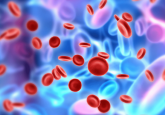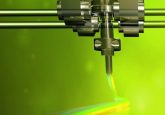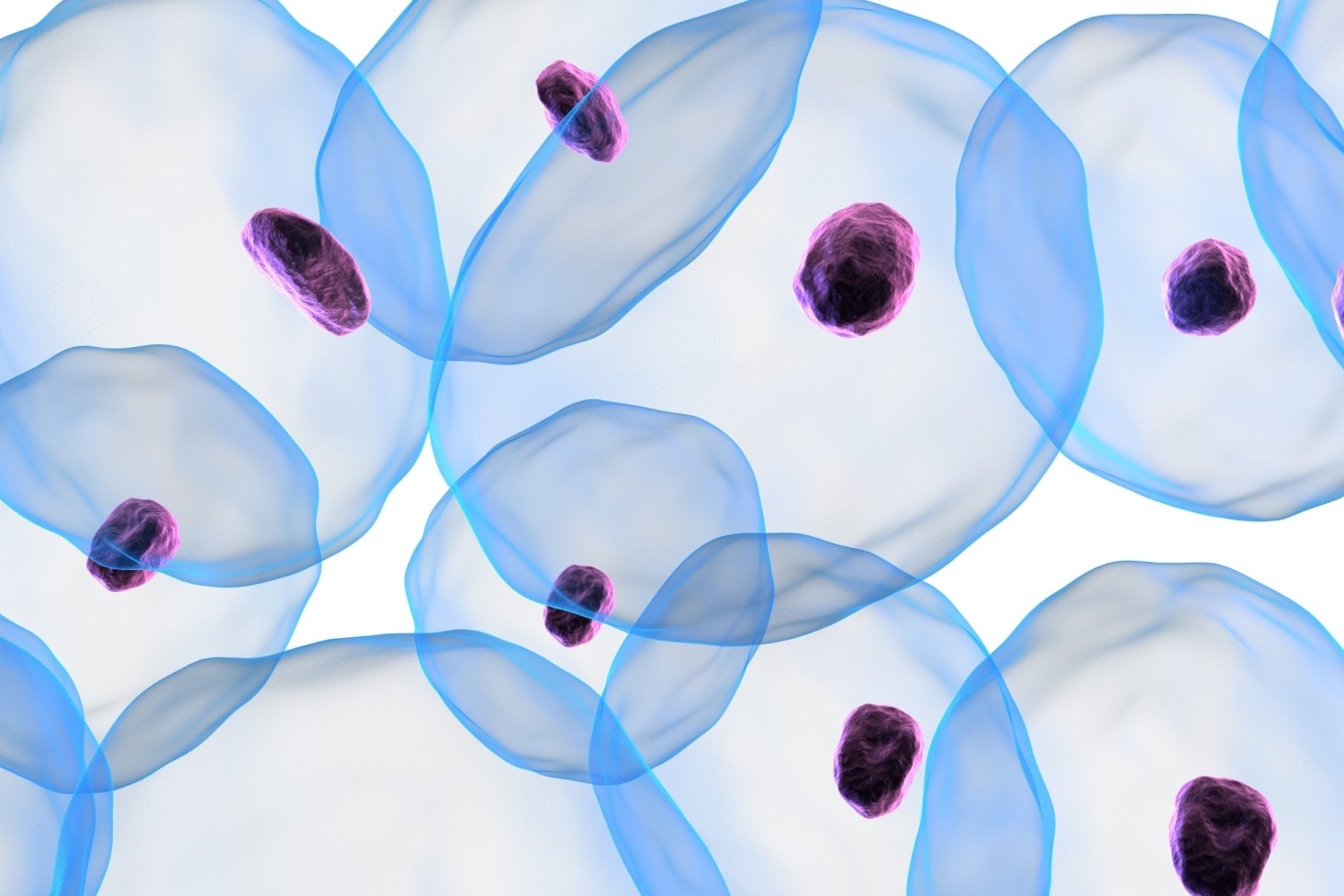Enzyme cross-linking produces complex structures produced from bioinks

Researchers at Osaka University have refined an enzyme-driven approach to gluing bioink droplets together, avoids cell type incompatibility. Researchers at Osaka University (Japan) have utilized an enzyme to stick biological ink droplets together and enable the printing of complex biological structures. By avoiding the use of sodium alginate, which isn't compatible with all cell types, this allows printing of tissue structures. The results of their findings were published in Macromolecular Rapid Communications. Lead author Shinji Sakai, Professor, Graduate School of Engineering Science (Osaka University) explained, "Printing any kind of tissue structure is a complex process. The bio-ink must have low enough...




